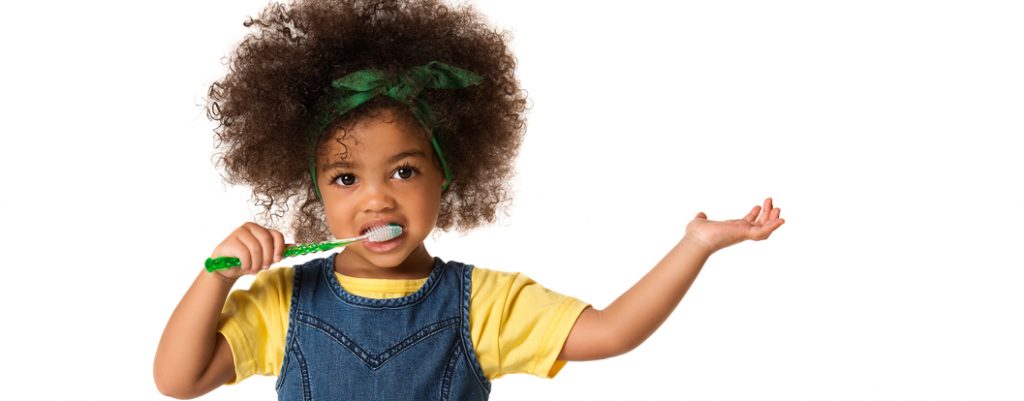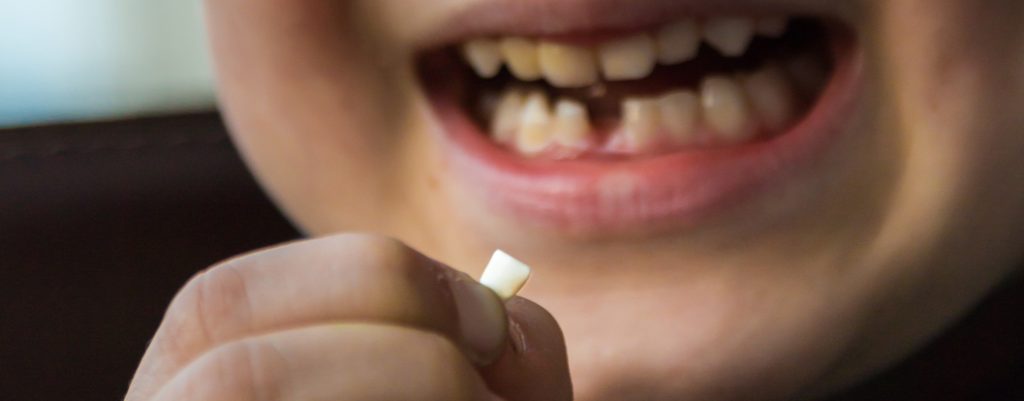Take a look in the mirror and make your biggest, goofiest smile. What do you see? There are probably some shiny, healthy teeth waving back at you. Or maybe you can see a tooth that’s starting to wiggle a bit when you touch it? And maybe – just maybe – there’s a hole where a loose tooth used to be.
Say hello to a couple of friendly folks who care as much about your pearly whites as you do. First up, drumroll please!
The dentist!
Going to the dentist might feel a little scary, because you don’t know what to expect. But trust us on this: the dentist is like your smile’s own personal Super Detective, always looking for clues. Do your chompers look and feel they way they’re supposed to? Are the new ones coming in straight? Whatever’s going on with your healthy grin, your dentist is always on the case.
But who’s got you covered when one of those amazing teeth of yours decides to pack a little suitcase and take a permanent vacation from your smile? You guessed it: the one and only, often imitated but never duplicated….
Tooth Fairy!
Everyone knows that when you lose a tooth, something magical is about to happen. That night, when you’re getting ready for bed (after you brush your teeth), you put the lost tooth in your tooth pillow. After the lights are out and you’re fast asleep, guess who shows up looking for that tooth?
The Tooth Fairy, quiet as can be, flies into your room on wings covered in pixie dust. Speaking of pixie dust – does anybody know what it’s made of? We think it’s glitter and cinnamon sprinkles, but we can’t be sure.
The Tooth Fairy checks to make sure the coast is clear – and that you’re actually snoozing and not just pretending to snooze. Because we know you’re sneaky like that. Once she knows nobody’s looking, the Tooth Fairy reaches under your pillow, grabs your tooth, and slips it into her Secret Glittery Bag of Lost Teeth. Can’t you just hear them, jingle-jangling together in there?
In exchange for your tooth, the Tooth Fairy leaves a little gift. It might be a note, it might be a little present… and it might even be… money!
Once the gift is safely under your pillow, the Tooth Fairy takes a bow and flies away into the night with your lost tooth. The next morning, you wake up with a little surprise waiting for you.
Hang on, we have a few questions from the audience. We’ll start with you, over there with your hand up. What’s your question?
Are the dentist and the Tooth Fairy the same person?
No way, Jose! They’re totally different people with the same love for good dental hygiene.
Can I write to the Tooth Fairy?
You sure can! We’ve got a way for you to send a letter to the Tooth Fairy right now.
Can I tell the Tooth Fairy what I want in exchange for my teeth?
Well, the Tooth Fairy is always open to good ideas, but she tends to love the element of surprise. In other words, you never know what you might get!
What does the Tooth Fairy do with my teeth?
Good question! Find out here!
How can I keep my teeth healthy?
We’re so happy that you asked! Here’s a list of the top 10 tooth brushing habits you should work on for healthy teeth and gums.
Now that you know a little more about the Dynamic Duo of Dental Health (say that five times fast!), you know that the healthier your teeth are, the happier these two champions of strong chompers will be.
Got more questions about the dentist or the Tooth Fairy? We want to hear them! Be sure to ask Mom and Dad to follow us on Facebook and Instagram for more Tooth Fairy news!





